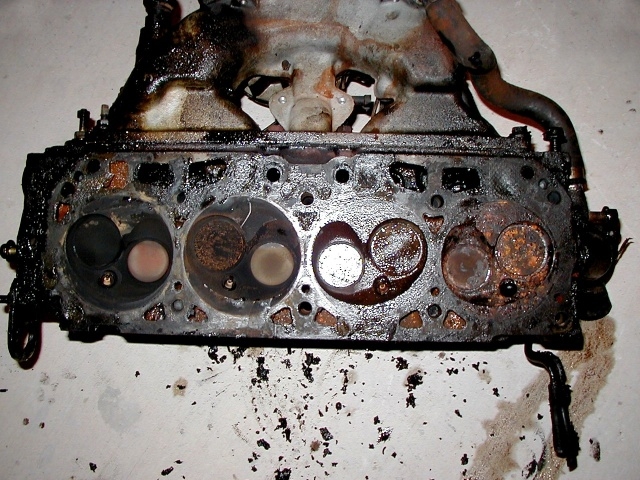
Problems with the cylinder head develop from lack of maintenance, wear or failed components. A skilled auto technician may be able to fix some of these problems without the need to remove the head from the engine. However, other problems may require the removal of the head, disassembling and close inspection of head components for proper repair.
The cylinder head houses the valves and the different components that operate the valve train, such as camshaft, lifters, rocker arms, push rods and springs. Along with the head gasket, all cylinder head components are designed to sustain the heat and pressure produced during the combustion process as the pistons operate inside the cylinders.
However, a number of problems may develop with a worn out cylinder head. The camshaft, valve keepers, rocker arms and guides may become too noisy; valve springs may weaken; valve seals and valve cover gaskets may leak. Problems in the valve train may cause the valves to leak and lose engine compression, while a deteriorated or blown head gasket may allow pressure, coolant and oil to leak.
Remove the cylinder head and its related components, if serious head problems develop. During the inspection, look for cracks, worn out or damaged valve guides and burned seat valves on the cylinder head. Measure cylinder head warping. Meanwhile, inspect valves, springs, camshaft and other related components for damage. In addition, measure these components and compare your findings with those given on your vehicle service manual.
Depending on the amount of head warping, a machine shop may bring the head surface back to specification and recondition the valve seats and guides, if necessary. And you can replace valve train components as needed without the need to replace whole head sets.

On many vehicle models, the valves have to be adjusted for proper clearance during the reassembly process according to car manufacturer recommendations. A valve that remains too tight may allow combustion heat to leak and burn the valve. If the valve is left too loose, it can cause noise and accelerate valve train components wear or even damage.